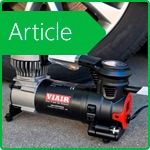What kind of oil is better to fill in the engine in winter?
Every driver knows that the quality of engine oil directly affects how the car engine starts and runs. This is especially important in winter, with the onset of cold weather. However, as such, the division into winter and summer oil has long-lost its relevance. Now on the market there are a lot of types of motor oil, which refers to the so-called "universal" type. And drivers are increasingly choosing all-season oils suitable for pouring into a car all year long. Nevertheless, let's still figure out which oil should be poured into a car engine at low air temperature. And also we will take a closer look at the marking features and give recommendations on how to buy the best motor oil for the winter.
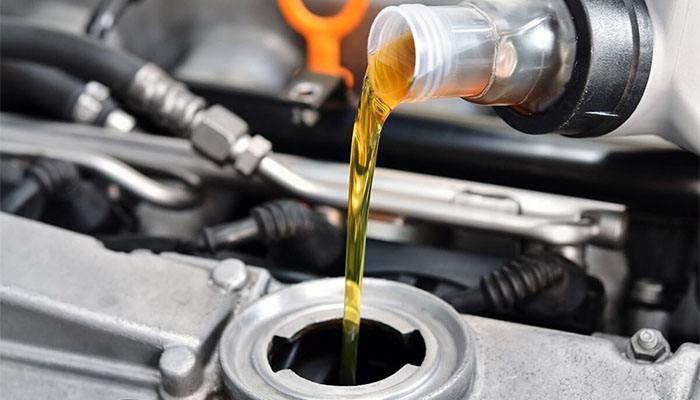
The need for an oil change in anticipation of cold weather
No matter what oil you use, experts always recommend that before the first frosts occur, an engine oil change is necessary, especially if the old one has already spent more than half of its allotted resource.
How to choose engine oil suitable for winter operation? This question worries a lot of motorists, here it is necessary to consider several parameters. The duration and ease of starting the engine at low temperatures, as well as the noise figure, total fuel consumption, etc. depend on the quality and characteristics of the lubricant used. The first rule, the simplest, but no less important, is to fill in only those types of oil that are recommended by the automaker. Usually, all complete information is contained in the vehicle’s technical manual. This list is usually not limited to just one item, and there is always a choice.
It is logical that the use of lubricants having a high viscosity ensures the formation of a thick oil film on the surface of motor parts, which helps the motor to run quietly. This oil allows you to increase the working life of the engine and reduces the risk of unforeseen breakdowns. That is why, in the summer, experts recommend giving preference to engine oils with a higher viscosity, however, you should not exceed the values recommended by the manufacturer of the machine. This is especially important for cars with a range of over 100 thousand kilometers.
This is due to the fact that in cars with mileage between connecting parts of the motor, an increase in the gaps can be observed. That is, if oil with an index, for example, 5W30, was initially poured into the engine, then after the mileage exceeds 100-150 thousand kilometers, it is necessary to switch to oil with an indicator of 5W40 or 10W40.
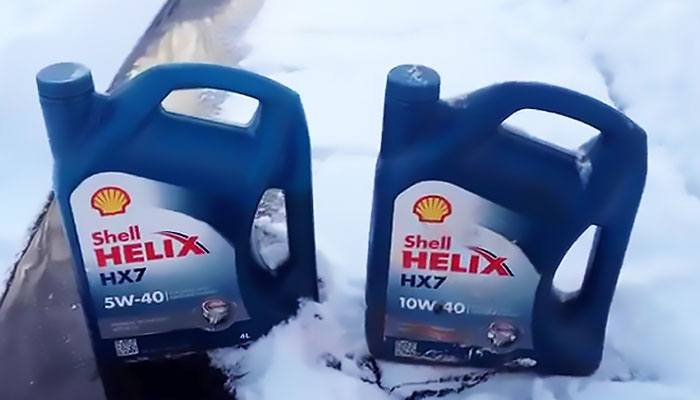
However, in winter the situation is slightly different-at lower temperatures, more viscous liquids thicken faster and are more difficult to pump, even under high pressure. As a result, the car engine, which in the summer started without problems even with more viscous oil, can start to fail and experience difficulties. In this case, of course, it is necessary to replace the oil with a lower viscosity version.
How to check engine oil in winter?
To check the oil, you need to take a special oil dipstick, and check the level and condition of the lubricant with it before the cold start of the engine. If it has a very thick consistency, then the oil needs to be replaced. Since with excessively thick grease, the motor will experience difficulties due to the increased load, and it will be more difficult to start it.
In winter, the engine oil level should be checked only after the engine has been rewarmed up to its standard operating temperature. This is due to the fact that if the check of the engine oil level is carried out on a cold engine, then the readings are likely to be distorted due to the fact that at minus air temperatures the amount of lubricant naturally decreases-this is the law of physics. To establish the exact value of the oil level, the engine is fully warmed up. This allows you to warm up not only the coolant, but also directly to the engine oil, the temperature of which always grows more slowly. Note the machine must be turned off and after 10-15 minutes check the oil level. This time is necessary so that the liquefied grease has time to drain back into the pan, and the readings were as accurate and objective as possible.
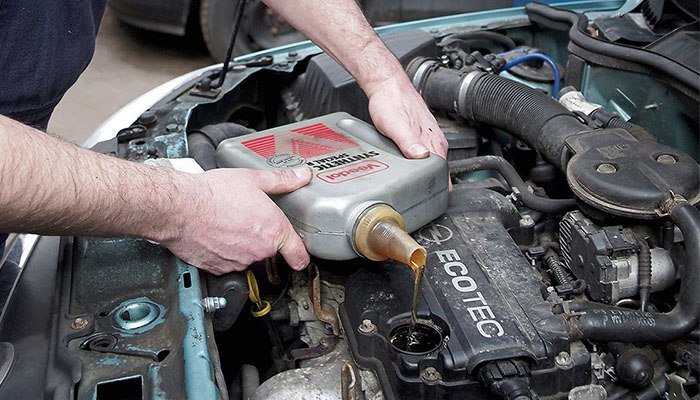
Labeling Features
The main characteristics of oils, which must be taken into account before buying, are indicated on the canister, a special marking is used for this. The main parameters are viscosity and temperature characteristics. Conventionally, “winter” can be called those oils that are marked with a value in the range from 0W30 to 10W40.
- 0W30-this oil has the lowest viscosity, that is, even in extreme conditions (when the thermometer shows less than -40 degrees) it will retain its fluidity and will pump perfectly through the system.
- 5W30-also quite well suited for use in winter in regions where there are significantly lower temperatures-from -30 to +10 degrees.
- 10W30-this oil is perfect for use in areas with milder conditions. It is recommended to be used at temperatures from -20 to +20 degrees.
- 10W40-oils with such an inscription are the most universal, can be used both in summer and in winter at temperatures up to -5 degrees. That is, it is ideal for regions where there is no sharp drop in temperature in winter.
Note that the first number is responsible for viscosity. That is, the lower it is, the engine oil will have a more liquid consistency after warming up the engine. Of course, in the cold, this oil will not thicken, but keep in mind that too fluid lubricants will be inferior to their more viscous counterparts in the effectiveness of protecting engine elements. This is due to the fact that the thinner the engine oil, the thinner the protective oil film formed by it, which leads to faster wear of the engine. It turns out that for a stable start and a decrease in the degree of engine wear during a cold start, it is better to take low-viscosity lubrication options, it is important to remember that after warming up the power unit, this oil may work poorly and cannot cope with the proper protection of its main parts.
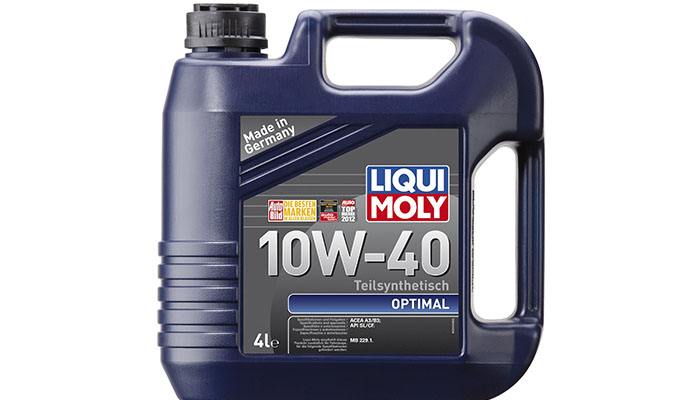
Given this, it is recommended that you strictly adhere to the golden mean rule. For example, the manufacturer indicated that 5W30 or 10W40 engine oil is suitable for your car. Then you need to choose engine oil for the winter, taking into account the climatic situation in the region in which a particular car is operated.
That is, if the temperature in winter does not drop below -5 or -7 degrees, then you need to fill in oil with indicators 10W40. If in the region the thermometer column regularly drops to -15 and -20 degrees, then motor oil with the marking 5W30 or 5W40 would be the best choice.
Do not also forget that when the winter is over, you may need to change the oil again, but to a more viscous one-it will provide better protection to the engine. However, this is relevant only for those regions where there is a sharp increase and decrease in temperature by large values that exceed the calculated parameters for "universal" oils. That is, if the machine is constantly used where the thermometer does not fall below -20 in winter and does not rise above +35 in summer, then oil marked 5W30 can be filled all year round. The main thing is to change it in time if it has exhausted its resource.
If you want to replace the grease, in the online store 130.com.ua you can buy motor oil in Kiev, Odessa and Kharkov, we have a large selection of types of oils for different temperature operating conditions and car brands.

Stay tuned for updates!
Subscribe to our Telegram channel and be the first to receive useful materials.
Subscribe













